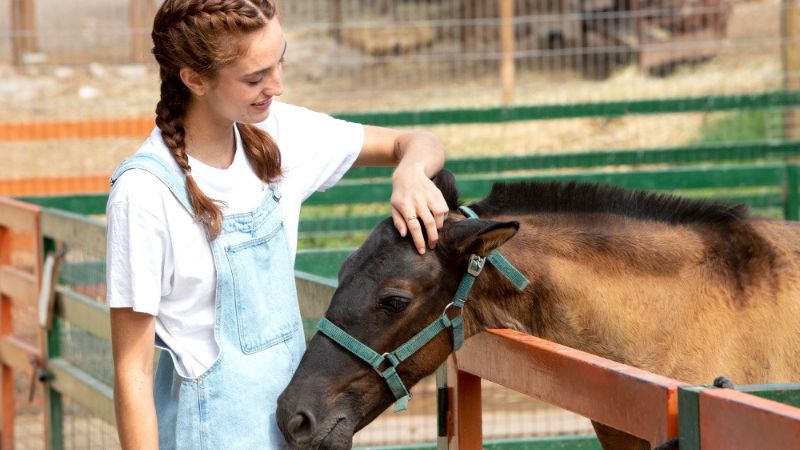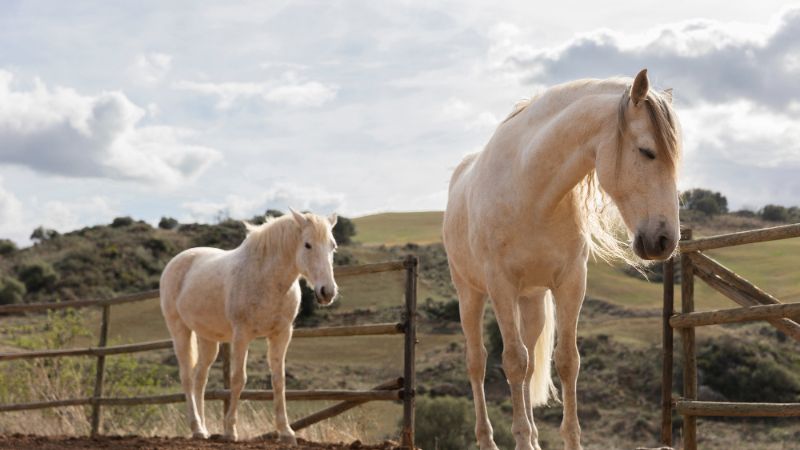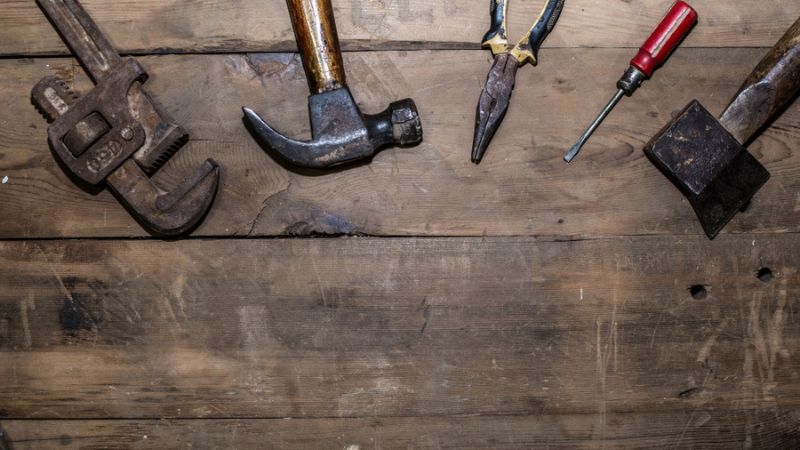Tips For Maintaining Cutting Horse Health – Maintaining the health of cutting horses is paramount for their overall well-being and performance. As elite athletes in the equestrian world, cutting horses require specialized care to ensure they remain in peak physical condition. This involves a combination of proper nutrition, regular exercise, veterinary attention, and environmental management. Cutting horses undergo rigorous training and competition schedules, placing significant demands on their bodies. Therefore, it is essential to implement strategies that support their health and longevity.
In this guide, we will explore various tips and best practices for maintaining cutting horse health. From providing a balanced diet and regular exercise routine to ensuring proper veterinary care and hoof maintenance, each aspect plays a crucial role in the horse’s overall health. Additionally, attention to mental and emotional well-being, along with environmental factors, contributes to a holistic approach to horse care. By incorporating these strategies into their care routine, owners and trainers can help ensure that cutting horses thrive both in and out of the arena.
Tips For Maintaining Cutting Horse Health
Balanced Diet:

Cutting horses require a diet that provides the necessary nutrients to support their energy needs and muscle development. A balanced diet typically consists of high-quality forage such as grass hay or alfalfa, supplemented with grains and concentrates as needed.
It’s important to work with a equine nutritionist or veterinarian to tailor the diet to your horse’s individual needs, taking into account factors like age, activity level, and any health conditions they may have. Regularly assess your horse’s body condition and adjust their diet accordingly to maintain a healthy weight.
Also Read – How To Teach a Cutting Horse To Work Cattle
Regular Exercise:
Cutting horses thrive on regular exercise to keep them physically fit and mentally stimulated. Training sessions should include a mix of cutting practice, conditioning work, and trail rides to keep the horse engaged and prevent boredom.
It’s important to gradually increase the intensity and duration of exercise to avoid injury and overexertion. Incorporating variety into your horse’s exercise routine can also help prevent burnout and keep them motivated.
Routine Veterinary Care:
Regular veterinary check-ups are essential for maintaining your cutting horse’s health. During these appointments, your vet can perform a thorough physical examination, administer vaccinations, and provide preventive care such as dental exams and parasite control.
Early detection of health issues can help prevent them from escalating into more serious problems, so it’s important to stick to a regular schedule of veterinary care.
Dental Care:
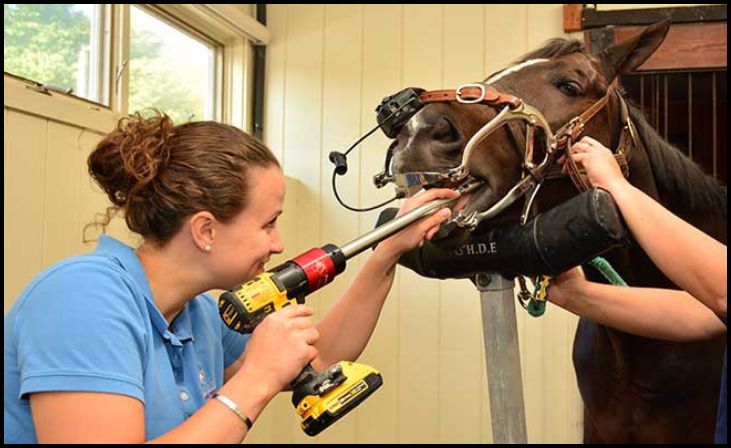
Proper dental care is crucial for cutting horses to ensure they can effectively chew their food and maintain overall health. Dental issues such as sharp points, uneven wear, and dental infections can cause discomfort and interfere with eating and performance.
Schedule regular dental exams with a qualified equine dentist or veterinarian and have your horse’s teeth floated as needed to address any issues and maintain proper dental hygiene.
Hoof Care:
Healthy hooves are essential for a cutting horse’s soundness and performance. Regular hoof maintenance, including trimming and balancing, helps prevent issues such as uneven wear, hoof imbalances, and lameness.
Work with a knowledgeable farrier to develop a hoof care schedule tailored to your horse’s needs, taking into account factors like hoof conformation, activity level, and environmental conditions. In addition to regular trimming, keep your horse’s hooves clean and inspect them regularly for signs of injury or infection.
Parasite Control:
Internal parasites can wreak havoc on a cutting horse’s health, causing weight loss, colic, and other digestive issues. Implementing a strategic deworming program based on fecal egg counts and veterinary recommendations is essential for controlling parasites and maintaining your horse’s well-being.
Avoid overuse of deworming medications to prevent parasite resistance and work with your vet to develop a targeted deworming plan that is effective for your horse and helps minimize the spread of parasites on your property.
Proper Tack Fit:
Ill-fitting tack can cause discomfort, pain, and even injury to a cutting horse, so it’s essential to ensure that their equipment fits correctly. Regularly check the fit of your horse’s saddle, bridle, and other tack, making adjustments as needed to ensure they are comfortable and free to move.
Pay attention to signs of discomfort such as rubbing, girthiness, or resistance during riding, as these may indicate that the tack is causing problems. Invest in high-quality tack that is designed specifically for cutting horses and consult with a professional saddle fitter if you have any concerns about fit.
Monitor Body Condition:
Maintaining a healthy body condition is important for cutting horses to support their performance and overall well-being. Regularly assess your horse’s body condition score using visual and tactile indicators of fat coverage and muscle tone.
Adjust their diet and exercise regimen as needed to keep them at an ideal weight and condition for their age, breed, and activity level. Avoid underfeeding or overfeeding, as both can have negative consequences for your horse’s health and performance.
Environmental Management:
Providing a safe and comfortable living environment is essential for maintaining your cutting horse’s health and happiness. Ensure they have access to clean water at all times, as well as shelter from the elements to protect them from extreme weather conditions.
Turnout in a pasture or paddock can provide valuable exercise and social interaction with other horses, but be mindful of factors like pasture quality, fencing safety, and potential hazards such as toxic plants or uneven footing. Keep barns, stalls, and turnout areas clean and well-maintained to minimize the risk of injury and disease transmission.
Mental Stimulation:
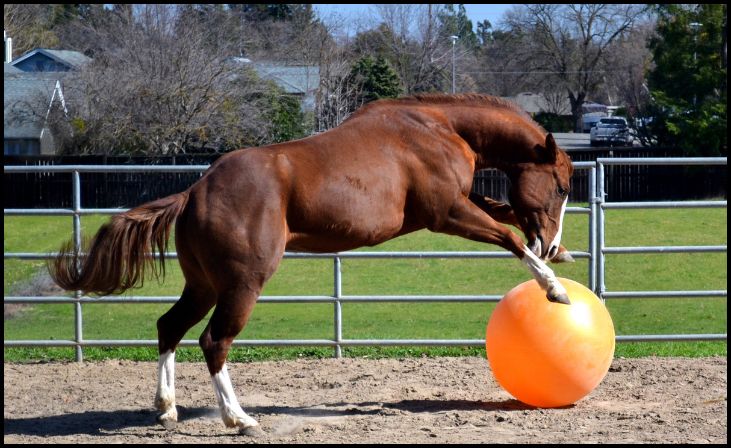
Cutting horses are intelligent animals that thrive on mental stimulation and variety in their routines. Incorporate a variety of training exercises, such as cutting practice, trail riding, and ground work, to keep them engaged and mentally sharp.
Rotate their turnout area or provide enrichment activities such as toys or treat puzzles to prevent boredom and reduce the risk of vices like cribbing or weaving. Spend quality time bonding with your horse through grooming, hand grazing, or simply hanging out together to strengthen your relationship and keep them happy and content.
Conclusion
In conclusion, the health and well-being of cutting horses are vital for their success and happiness. By implementing the tips outlined in this guide, including proper nutrition, exercise, veterinary care, and environmental management, owners and trainers can support their horses’ physical and mental health.
Regular monitoring and adjustments based on individual needs are essential for maintaining peak performance and preventing health issues. With proactive care and attention to detail, cutting horses can continue to excel in their sport and enjoy a high quality of life.
FAQs
What is the most important aspect of maintaining a cutting horse’s health?
Ensuring a balanced diet tailored to their needs is crucial. Nutrition forms the foundation of a horse’s overall health and performance.
How often should I schedule veterinary check-ups for my cutting horse?
It’s recommended to have regular veterinary check-ups at least once or twice a year, depending on the horse’s age, health status, and activity level.

